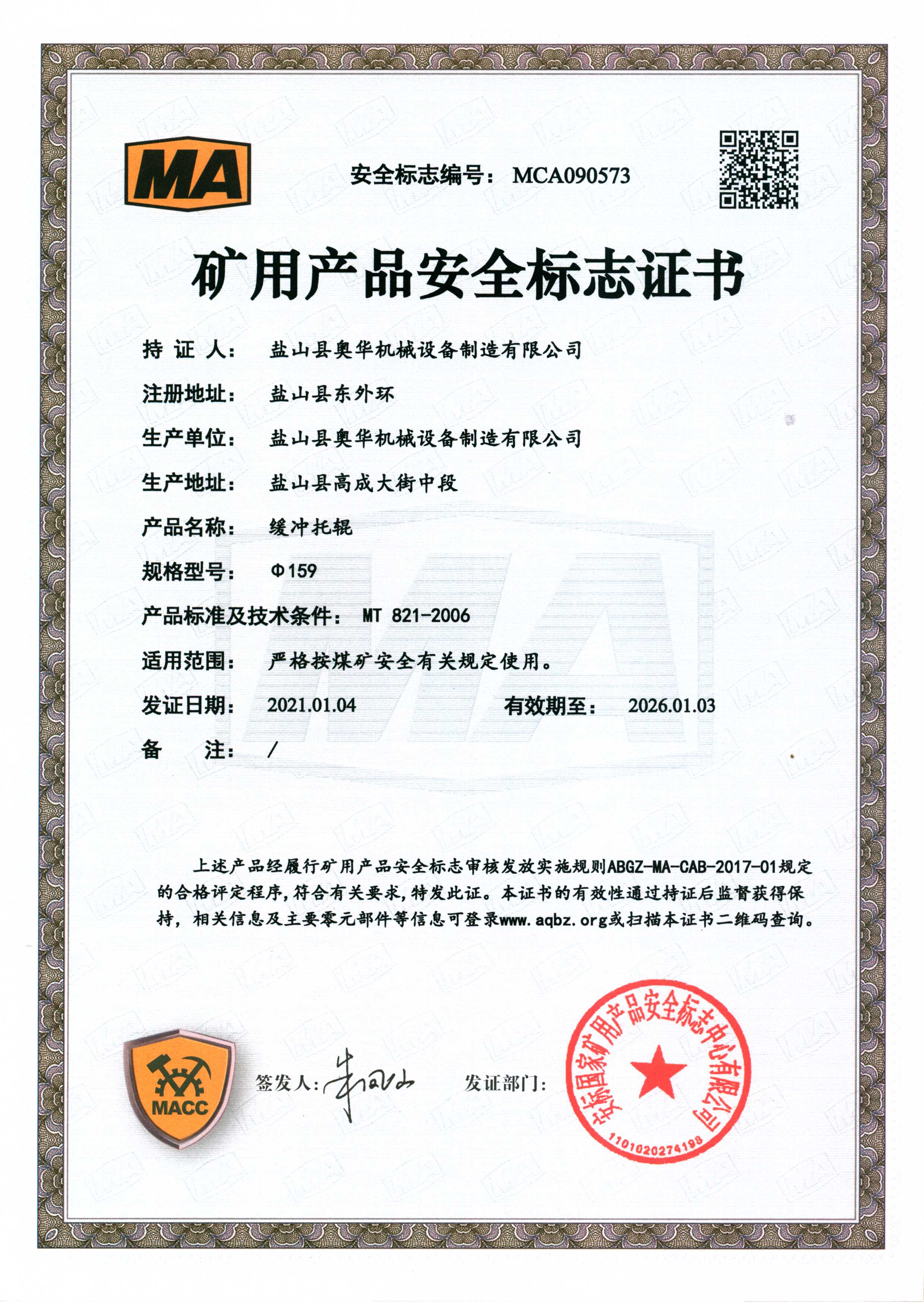 Afrikaans
Afrikaans  Albanian
Albanian  Amharic
Amharic  Arabic
Arabic  Armenian
Armenian  Azerbaijani
Azerbaijani  Basque
Basque  Belarusian
Belarusian  Bengali
Bengali  Bosnian
Bosnian  Bulgarian
Bulgarian  Catalan
Catalan  Cebuano
Cebuano  Corsican
Corsican  Croatian
Croatian  Czech
Czech  Danish
Danish  Dutch
Dutch  English
English  Esperanto
Esperanto  Estonian
Estonian  Finnish
Finnish  French
French  Frisian
Frisian  Galician
Galician  Georgian
Georgian  German
German  Greek
Greek  Gujarati
Gujarati  Haitian Creole
Haitian Creole  hausa
hausa  hawaiian
hawaiian  Hebrew
Hebrew  Hindi
Hindi  Miao
Miao  Hungarian
Hungarian  Icelandic
Icelandic  igbo
igbo  Indonesian
Indonesian  irish
irish  Italian
Italian  Japanese
Japanese  Javanese
Javanese  Kannada
Kannada  kazakh
kazakh  Khmer
Khmer  Rwandese
Rwandese  Korean
Korean  Kurdish
Kurdish  Kyrgyz
Kyrgyz  Lao
Lao  Latin
Latin  Latvian
Latvian  Lithuanian
Lithuanian  Luxembourgish
Luxembourgish  Macedonian
Macedonian  Malgashi
Malgashi  Malay
Malay  Malayalam
Malayalam  Maltese
Maltese  Maori
Maori  Marathi
Marathi  Mongolian
Mongolian  Myanmar
Myanmar  Nepali
Nepali  Norwegian
Norwegian  Norwegian
Norwegian  Occitan
Occitan  Pashto
Pashto  Persian
Persian  Polish
Polish  Portuguese
Portuguese  Punjabi
Punjabi  Romanian
Romanian  Russian
Russian  Samoan
Samoan  Scottish Gaelic
Scottish Gaelic  Serbian
Serbian  Sesotho
Sesotho  Shona
Shona  Sindhi
Sindhi  Sinhala
Sinhala  Slovak
Slovak  Slovenian
Slovenian  Somali
Somali  Spanish
Spanish  Sundanese
Sundanese  Swahili
Swahili  Swedish
Swedish  Tagalog
Tagalog  Tajik
Tajik  Tamil
Tamil  Tatar
Tatar  Telugu
Telugu  Thai
Thai  Turkish
Turkish  Turkmen
Turkmen  Ukrainian
Ukrainian  Urdu
Urdu  Uighur
Uighur  Uzbek
Uzbek  Vietnamese
Vietnamese  Welsh
Welsh  Bantu
Bantu  Yiddish
Yiddish  Yoruba
Yoruba  Zulu
Zulu drum lagging rubber
Understanding Drum Lagging Rubber Importance and Applications
Drum lagging rubber is a crucial component in various industrial applications where material handling and conveyance are involved. This specialized rubber material is designed to enhance performance, durability, and safety in machinery, particularly in conveyor systems. Understanding the properties, benefits, and applications of drum lagging rubber is essential for industries that rely on efficient movement of materials.
What is Drum Lagging Rubber?
Drum lagging rubber is a rubber lining applied to the surface of drums, typically in conveyor systems. It serves to improve traction between the drum and the conveyed material, reducing slippage and increasing the overall efficiency of the system. The lagging also serves to protect the drum from wear and tear, extending its lifespan and ensuring consistent performance.
The composition of drum lagging rubber may include different types of compounds, including natural rubber, synthetic rubber, and various additives that enhance its properties. Factors such as hardness, abrasion resistance, and temperature stability are taken into account when selecting the appropriate type of lagging for specific applications.
Benefits of Drum Lagging Rubber
1. Enhanced Traction One of the main advantages of drum lagging rubber is its ability to provide superior grip on the conveyed material. This increased traction minimizes the risk of slippage, ensuring a smooth and efficient operation.
2. Reduced Wear and Tear The rubber lagging protects the underlying drum from the harsh effects of material abrasion. Over time, without lagging, drums can suffer significant damage, leading to costly repairs and unplanned downtime. Lagging extends the life of the drum, contributing to reduced maintenance costs.
3. Noise Reduction Rubber has sound-dampening properties that help reduce noise levels generated during operation. This is particularly important in facilities where noise regulations are in place or in environments where worker comfort is a priority.
4. Vibration Damping Lagging can absorb vibrations caused by the movement of materials, which helps to protect sensitive machinery and prolongs the life of components connected to the conveyor system.
drum lagging rubber

5. Variety of Customizations Drum lagging rubber can be tailored to meet specific requirements. Factors such as thickness, hardness, and surface texture can all be modified to suit particular operational conditions, making it a versatile solution for different industrial settings.
Applications of Drum Lagging Rubber
Drum lagging rubber is widely used across various industries, including
- Mining and Aggregates In mining operations, large quantities of material are transported over long distances. Effective drum lagging provides the traction needed to handle heavy loads, reducing the chances of slippage.
- Bulk Material Handling Industries that deal with bulk materials, such as grain, coal, and chemicals, benefit significantly from drum lagging rubber. It ensures reliable transfer and minimizes the risk of spillage.
- Food Processing In food processing, hygiene and safety are paramount. Drum lagging rubber can be made from food-grade materials, ensuring that it meets strict industry standards while providing the necessary performance.
- Recycling The recycling industry often deals with an array of materials. Durable drum lagging rubber helps in the efficient handling of various recyclable materials, enhancing productivity.
Conclusion
Drum lagging rubber plays a critical role in the efficiency and longevity of conveyor systems across multiple industries. Its ability to enhance traction, reduce wear, and provide sound dampening makes it an essential component in machinery designed for heavy material handling. Understanding the benefits and applications of drum lagging rubber allows businesses to make informed decisions regarding their equipment and maintenance strategies. Investing in high-quality rubber lagging can lead to improved operational efficiency, reduced downtime, and significant cost savings in the long run.
-
Revolutionizing Conveyor Reliability with Advanced Rubber Lagging PulleysNewsJul.22,2025
-
Powering Precision and Durability with Expert Manufacturers of Conveyor ComponentsNewsJul.22,2025
-
Optimizing Conveyor Systems with Advanced Conveyor AccessoriesNewsJul.22,2025
-
Maximize Conveyor Efficiency with Quality Conveyor Idler PulleysNewsJul.22,2025
-
Future-Proof Your Conveyor System with High-Performance Polyurethane RollerNewsJul.22,2025
-
Driving Efficiency Forward with Quality Idlers and RollersNewsJul.22,2025





























